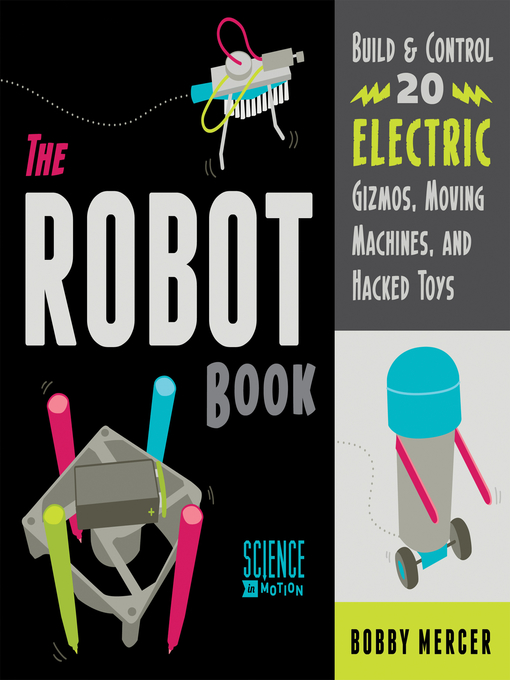How to use reuse and recycle components and supplies to build a variety of devices
The 20 easy-to-build robots in this project book can be constructed for little or no cost using common household objects and repurposed materials. From learning how to turn a toothbrush, an old cell phone or pager, and scrap wire into a Brush Bot, or how to hack a toy car to hotwire a Not-So-Remote Bot, each hands-on project contains a materials list and detailed step-by-step instructions with photos. Explanations of the science and technology behind each robot—including concepts such as friction, weight and mass, center of gravity, kinetic and potential energy, electric circuitry, DC vs. AC current, and more—are also included.



